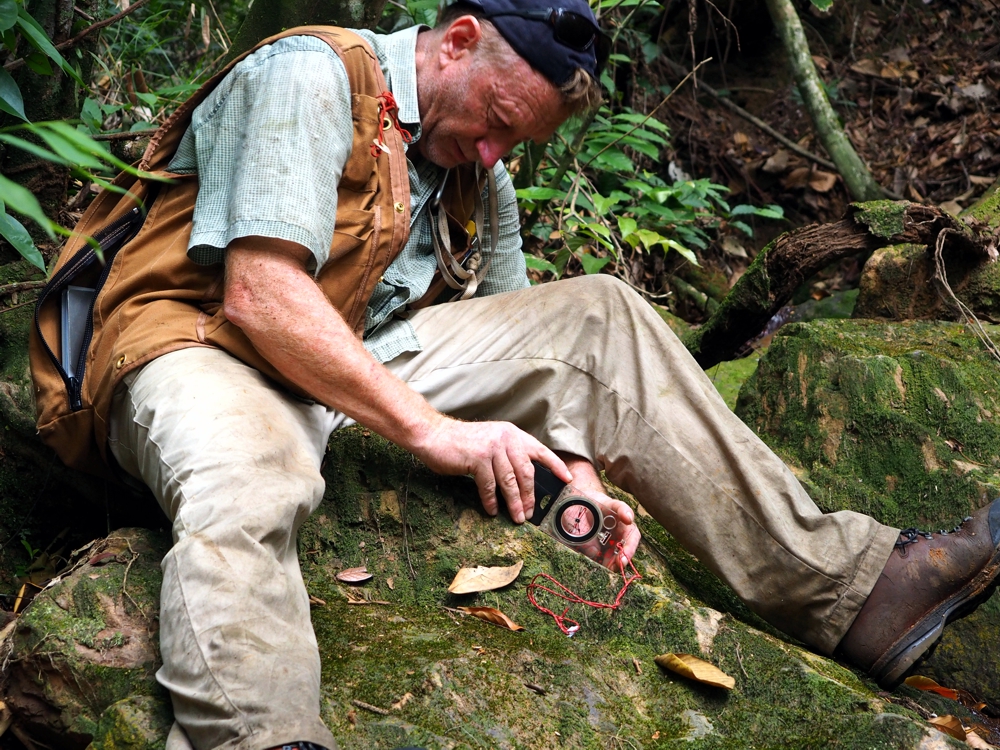

As an alternative approach to extraction and adsorption, selective co-precipitation 21, 22, 23, 24 based on second-sphere coordination 25, 26 have proven increasingly popular for metal separations given their significant advantages-e.g., simple operation, ease of industrialization, minimal energy consumption, and zero hazardous emissions.įirst-sphere coordination 27, advanced in the early part of the 20th century by Nobel Laureate in Chemistry, Alfred Werner, refers to the coordinative bonding interactions between first-coordination sphere ligands and transition metals. These methods include leaching electronic waste (e-waste) and gold ores with a single organic 8, 9, 10, 11, 12/inorganic 13 extraction reagent, or specific combinations 14, 15 of extraction reagents and organic solvents, not to mention the adsorption of ionic gold complexes with metal-organic frameworks 16, 17 and polymers 18, 19, 20. In order to develop sustainable technologies for gold production and recovery, many alternative methods 7, based upon the selective extraction or adsorption of gold from leaching solutions, have been developed. Massive amounts of cyanide 5 and mercury 6 are used to extract gold from ores each year, resulting in enormous waste streams contaminated with lethal cyanide and heavy metals, along with colossal amounts of carbon emissions and excessive energy consumption. Gold mining, however, is known notoriously to be one of the most environmentally destructive industries in today’s world. Gold, an indispensable element in human society from time immemorial, is widely used in currency and jewelry manufacture 1, electronic fabrication 2, medicine production 3, and chemical synthesis 4. This simple protocol constitutes a promising paradigm for the sustainable recovery of gold, featuring reduced energy consumption, low cost inputs, and the avoidance of environmental pollution. In a laboratory-scale gold-recovery protocol, over 94% of gold in electronic waste was recovered at gold concentrations as low as 9.3 ppm. This cocrystallization is highly selective for square-planar tetrabromoaurate anions.

The efficiency of gold recovery reaches 99.8% when dibutyl carbitol is deployed as the additive. The additives initiate a rapid assembly process by co-occupying the binding cavity of β-cyclodextrin along with the tetrabromoaurate anions, leading to the formation of supramolecular polymers that precipitate from aqueous solutions as cocrystals. Here we report an additive-induced gold recovery paradigm based on precisely controlling the reciprocal transformation and instantaneous assembly of the second-sphere coordinated adducts formed between β-cyclodextrin and tetrabromoaurate anions. Developing an eco-friendly, efficient, and highly selective gold-recovery technology is urgently needed in order to maintain sustainable environments and improve the utilization of resources.


 0 kommentar(er)
0 kommentar(er)
